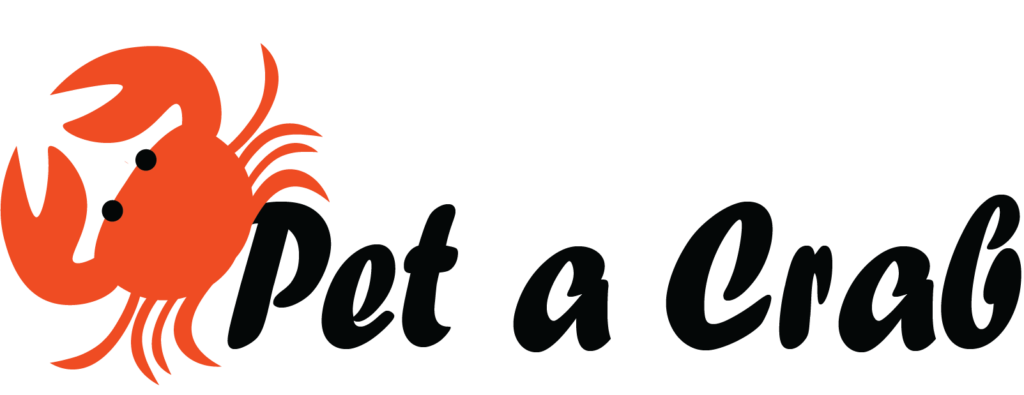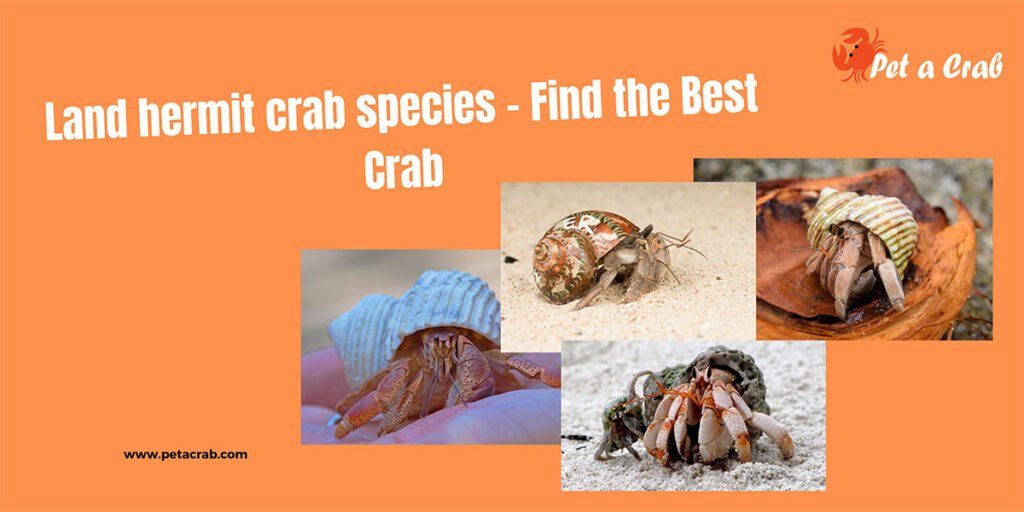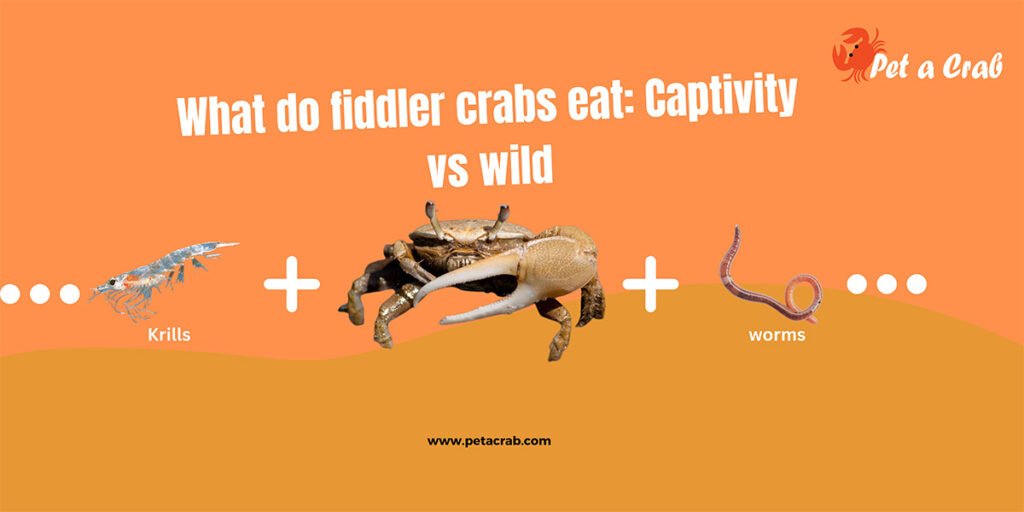As a new owner of the hermit crabs, we sometimes become confused with the many people’s suggestions. After hearing someone’s suggestion or watching a video you may create a mixture of substrates thinking that’s the perfect hermit crab substrate. But after a few days, you find out something is wrong with the substrate.
A general rule is 5 parts play sand and 1 part coco fiver. Knowing only that may not be enough, there are many things to consider creating a perfect hermit crab substrate.

How to determine a good hermit crab substrate?
There are some features with which you can determine whether the substrate is good or not. It needs the ability to hold moisture for a long time. It should be good for the tunnel and cave ensuring it doesn’t collapse and hermit crabs can in out without any problem and it should not allow bacteria and fungi.
Hermit crabs need a huge height of substrate a minimum of 6 inches. A rule of thumb is three times as high as the largest crab in your captivity so that they can bury themselves fully. The substrate needs to be moistened with dechlorinated saltwater.
Types of substrate
Beach sand
Beach sand is considered the best substrate. Beach sand comes from the shoreline where hermit crab lives. So no substrate can replace it in this sense. This substrate mimics their natural habitat where they can live happily and you don’t have to think much about changing and trying another substrate for a long period.
Play sand
Play sand is one of the most popular substrates, typically used in children’s sandboxes, and is another suitable substrate for hermit crabs. It helps maintain humidity and provides a good digging medium. Ensure that the sand is free from additives and is washed thoroughly before use.
Calcium sand
This substrate is still considered a good substrate for hermit crabs. But it won’t be a wise decision to use this as hermit crab substrate. We’ll explain it later.
Eco Earth
Also known as coco fiber made from compressed coconut fiber, comes in loose and brick forms, and crates a great combo with play sand. It retains moisture and is easy to work with. Only eco-earth without any sand can also do the job without any question. Some people do not use play sand so that crabs can eat this.
Dry leaves
Dry leave on the surface makes the environment more realistic. Hermit crabs can hide and play in this.
Any dry leaves can do the job. Basically, catappa leaves (Indian almond leaves) are used for this purpose.
Materials that are harmful as hermit crab substrate
The materials given below are considered safe and helpful for hermit crabs but using these with the substrate will not be a good decision.
Salt
From water to substrate, salt is essential for every stage in the hermit crab enclosure. While setting up the enclosure, the substrate needs to be moistened with saltwater as hermit crabs need a humid substrate. Many people mix salt directly without diluting it. Both are applicable at a tolerable level as it is a natural element for them.
But trouble comes when too much salt is mixed with the substrate. Oversalting can burn their gills as well as the whole body, especially when the crabs bury themselves for molting. The vulnerable body can’t tolerate salt too much, which can lead to death. It happens usually with the homemade substrate. Most of the commercial substrate is tested and safe to use. (1 ounce of salt mixed into 1 quart of soil is recommended.)
Most of the time hermit crabs recover the burning from salt in a few days. So adding extra salt is not recommended.

Calcium
Some of the beginners use calcium sand thinking it would be ideal as a substrate, the crabs can get calcium by eating the substrates, which can help with their molting and overall health, so what can be wrong with it? Hermit crabs indeed eat anything they find even substrate, which leads to the logic that they will eat substrate, so eating calcium substrate in a safer option.
There is a big problem because the calcium gets hardened over time. The little particles stuck with hermit crabs’ legs making them uncomfortable and angry. The gill will get scratched by the hardened calcium. When hermit crabs bury themselves they will get stuck and can’t make a way out resulting in a bad situation.
Gravel/pebble
Hermit crabs will bury themselves, it is only their instinct. Replacing the substrate with gravel or pebbles will stop them from digging in and it can scratch them. Even a mix of some pebbles and other substrates can result in the same situation. Using some stones as decoration and climbing mediums is okay.
Peat moss
No moss is good for hermit crabs. Peat moss is the opposite of calcium sand in terms of caving because it collapses easily and doesn’t have a hard surface to walk comfortably. It can’t hold the moisture and dries super quickly, which can directly affect hermit crabs’ health. Bacteria can grow easily in the moss, another disadvantage. But peat moss is considered a great potting medium.
Wood shaving
Wood shaving is another bad substrate for hermit crabs. Because it absorbs moisture and dries the environment as well as hermit crab. Hermit crabs can’t even tolerate the dryness of the heat lamp let alone the substrate.

#FAQ
Do hermit crabs prefer soil or sand?
Hermit crabs generally prefer sand as they are from sand. Other substrates can be used with sand such as eco earth. But using soil as substrate is a big no.
What goes on at the bottom of a hermit crab tank?
There is no need for anything extra at the bottom of the substrate. But you can use some pebbles at the bottom if you want.
What is the best substrate for hermit crabs?
The best substrate for hermit crabs is mixing eco earth with play sand in a 1/5 ratio. Half play or beach sand and half eco earth is also good. You can skip sand and only use coco fiver if you want.


